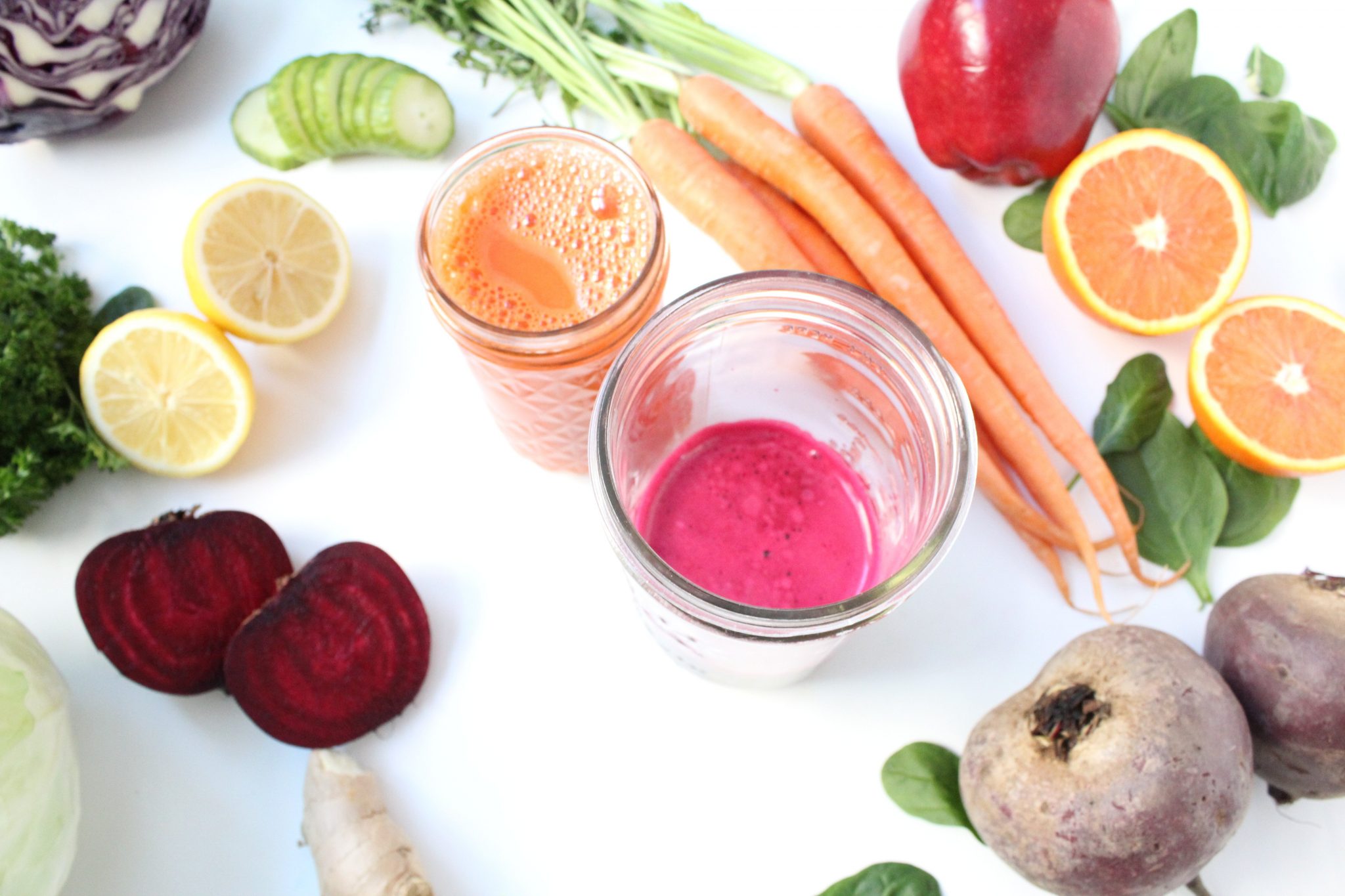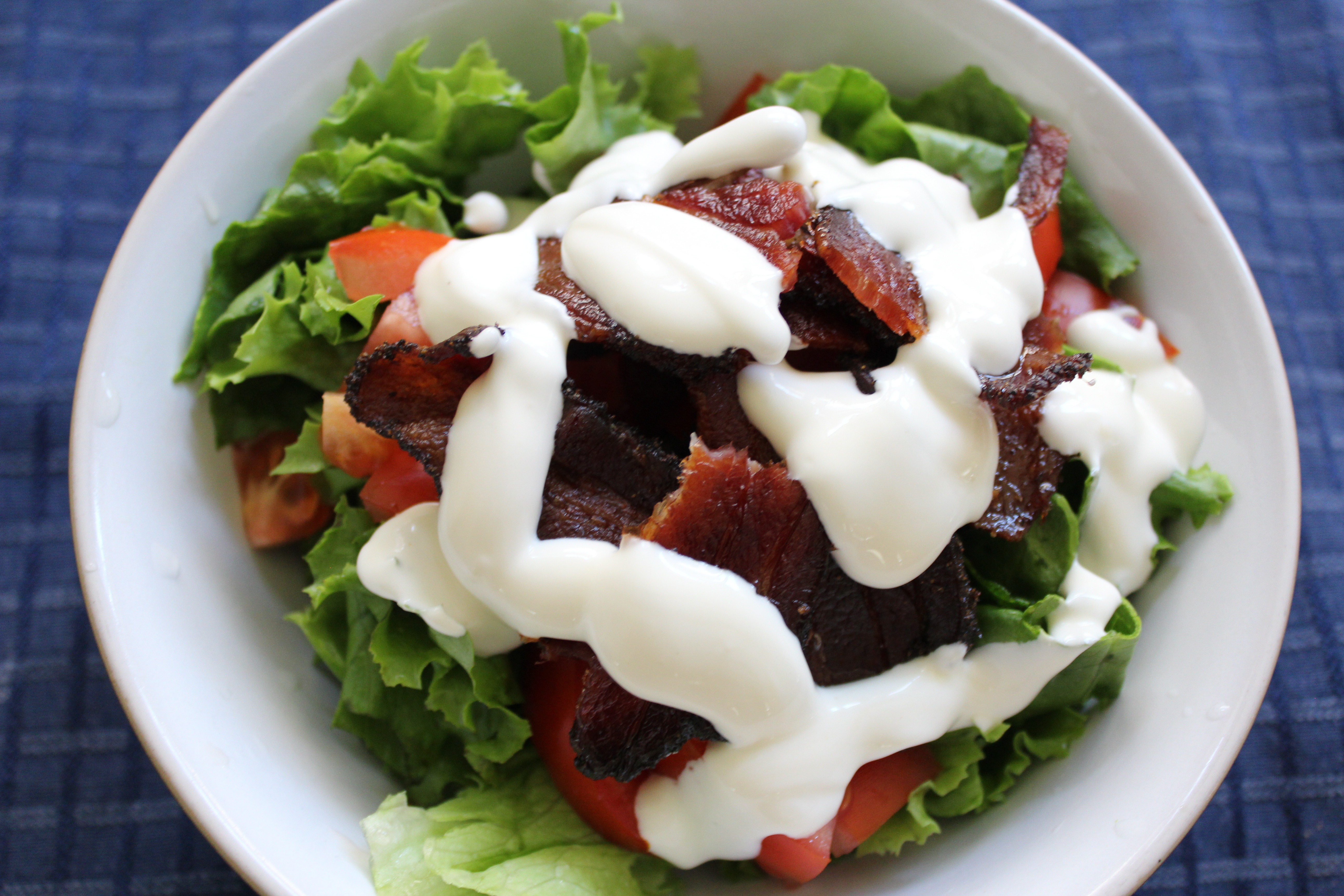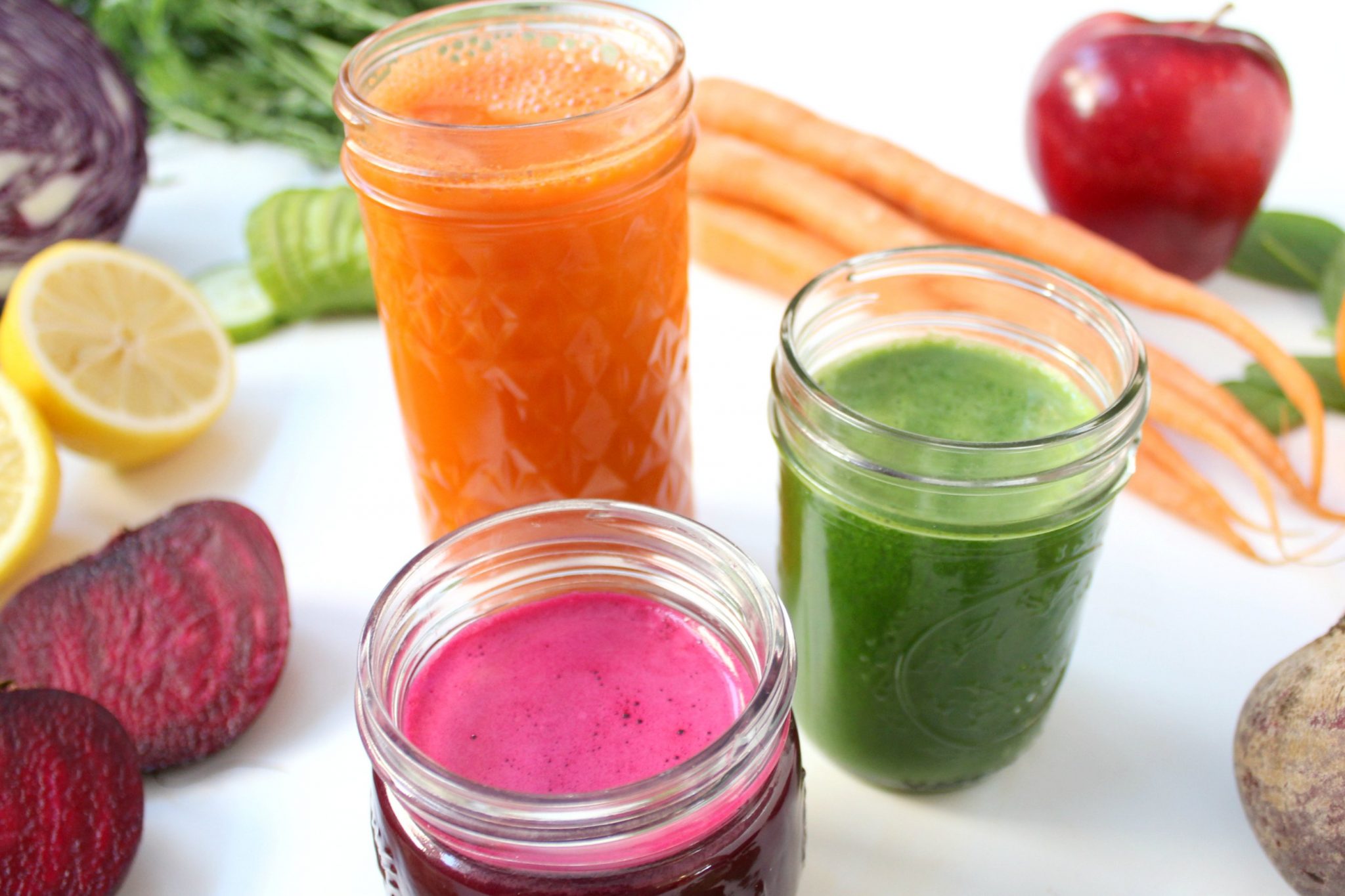
Where it seems like there are conflicting opinions about everything from fat to carbs to beans, thankfully most of us agree that vegetables are great for us!
Full of vitamins, minerals, and many plant compounds (phytochemicals) that can do everything from lower our risk of cancer, stroke, asthma, and eye disease (source) to promoting healthy weight, blood pressure, and feeling of fullness without consuming excess calories (source)
Healing Protocols
The Wahl’s Protocol for autoimmune disease requires 9 cups of vegetables in different colors a day! Those who follow Wahl’s Protocol report increased energy, decreased cravings for unhealthy foods, and most importantly, reversal of symptoms of autoimmune disease. (read more about Wahl’s vegetable protocol here)
Fruit vs Veggies
We know that fruit is delicious and full of nutrients as well, but it also has a good amount of sugar and carbohydrates- something perfect for after meals, but not necessarily something we want to consume as a large portion of our meals.
And plus, while fruit can be a great sweetener in, say, barbecue sauce, it’s just not going to have the same appeal to pile pulled pork over a bed of sliced apples ?
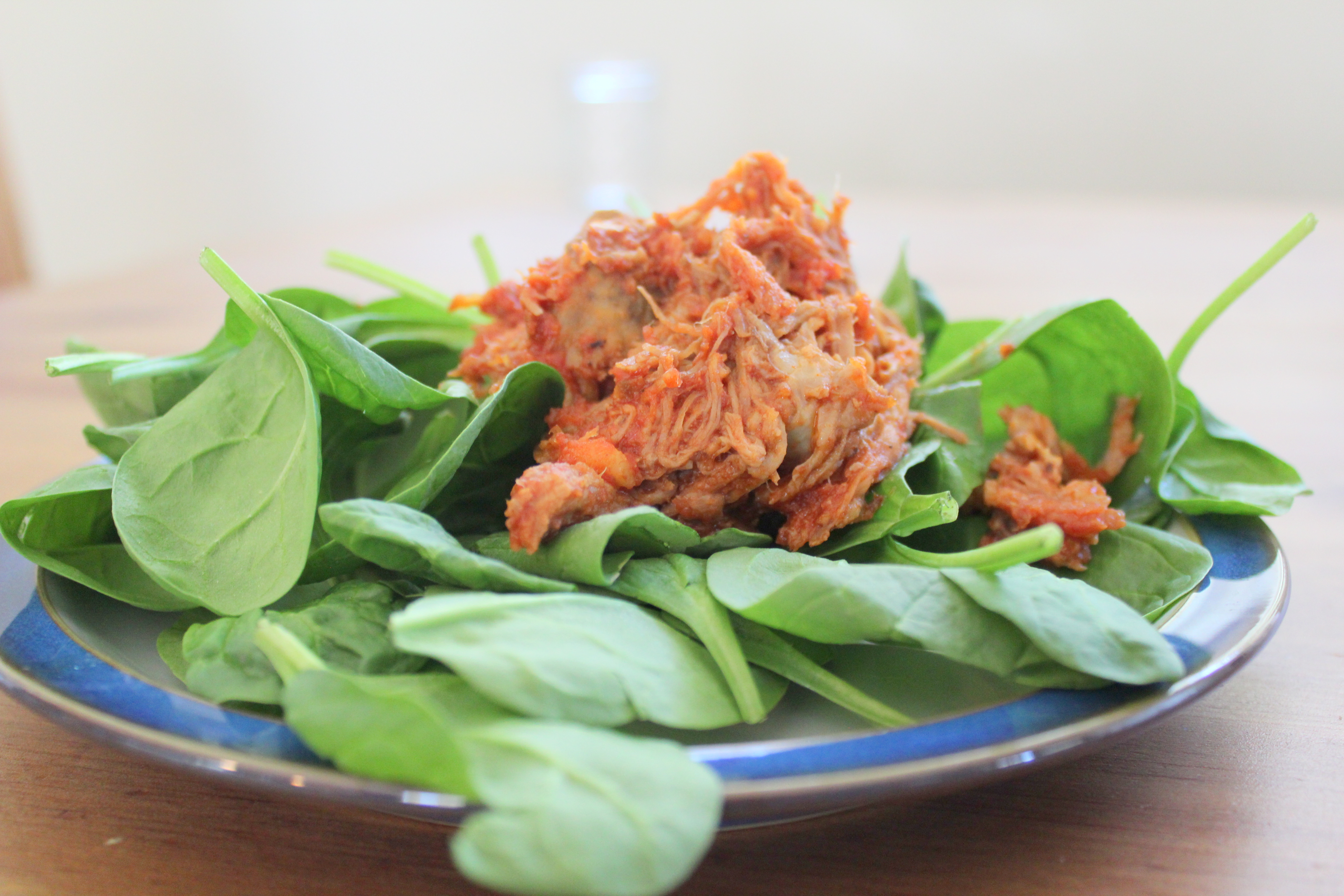
Grain Free? Fill half your plate with Veggies
Filling half, or even 3/4, of your plate with veggies is a great rule to help you get all these micronutrients in. Vegetables make a great base of bowls, stir fry, and soups to feature smaller amounts of grassfed protein.
By filling up your plate, bowl, or cup with vegetables, you fill your cells with needed nutrients to repair themselves, replace with new cells, and function well.
When we think of vegetables, we need to be thinking of ways to make them a delicious large part of our meals- not sneaking a tablespoon in here and there by hiding them in muffins or breads. As delicious as zucchini bread is, it’s more of a treat than a way to get all your veggies in.
Paleo and other grain-free diets have the reputation of being very meat-heavy. This isn’t really how it’s supposed to be- you may even be able to go so far as to call this a ‘plant based diet’. If we’re eating fruit and vegetables for more than half of our diet, I would say it’s a diet based on plants, wouldn’t you?
Focus on healthy meats in smaller proportions, and then load up on the veggies and healthy fats.
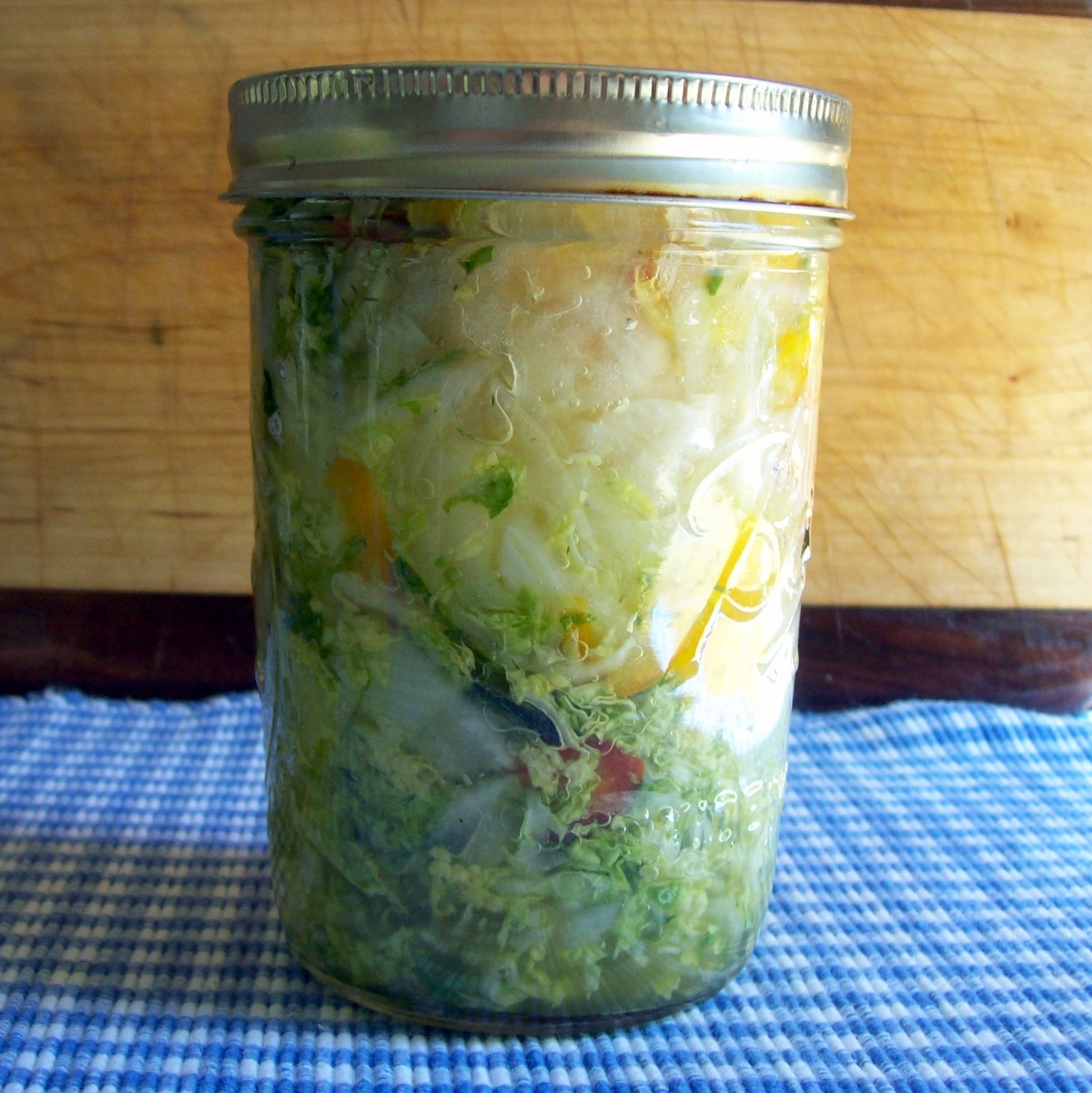
Kimchi, a korean pickled vegetable mix
Veggie Probiotics
As if steaming, sautéing, eating raw, boiling, frying, or roasting wasn’t enough, we can also do a simple fermentation to make our vegetables as probiotic-rich as (or possibly even more) yogurt!
By including a spoonful of these inexpensive flavorful ferments on your plate, you increase digestion of your entire meal, as well as your gut health, immune system, and may even help you reduce sugar cravings!
A Vehicle for Healthy Fats
Finally, vegetables are a fantastic transporter for healthy fats like animal fats from sustainably-raised animals, avocado oil, olive oil, coconut oil, butter from grassfed cows, and other natural fats.
With the low fat craze of the 80s and 90s, we may have unintentionally decreased our nutrient-rich vegetable consumption at the same time that we decreased our fat consumption. Veggies taste better and are easier to eat when cooked in or drizzled with fat.
Think about how much spinach you will eat when it’s cooked down and creamed vs raw.
Studies have shown that fats increase the absorption of vitamins from vegetables (source), so we can happily suggest roasted vegetables drizzled with herbed olive oil or homemade ranch dressing over eating them plain.
Ways to Include More Vegetables In Your Diet:
This all sounds good, but you say you’re sick of the same 3 veggie dishes you serve over and over. Here are some ideas to help you enjoy and thrive on the life-giving nutrition of vegetables!
- In our Freezer Cooking Class we prepare a variety of different seasonal vegetables in every class- roasted, fermented, and in the dishes themselves. When they’re already prepped and ready to go in your freezer, you’ll find that vegetables are a lot easier to get on your table. We also prepare dressings, sauces, and other toppings that complement vegetables in every class.
- Soups are perfect for packing loads and loads of vegetables into a small container. If you don’t want soup for dinner, it can still be served as a delicious appetizer.
- Make a batch of ranch dressing and serve carrot slices, cucumber spears, and celery stalks to dip.
- Do you go to the coffee shop occasionally for a treat? Switch that up and hit up your health food store’s juice bar instead!
- For those DIYers, adding vegetable juicing to your daily or weekly routine is another great way to get veggies in.
- Drying vegetables makes them take up much less space. I often do this for spinach dip, and it’s amazing how a huge tub of spinach will go into one or two batches of spinach dip!
- Next time you’re at the grocery store, grab bags of frozen vegetables to get you started. While it’s ideal to eat fresh, in season, and local- if you actually consume more vegetables by having them in the easy form of frozen, go for it!
- Baby carrots are the same- my children eat baby carrots right before dinner is served a few times a week. I know people love to hate on these ‘processed vegetables’ but they’re raw veggies that I can set out for consumption in 20 seconds or less… that’s a winner in my book!
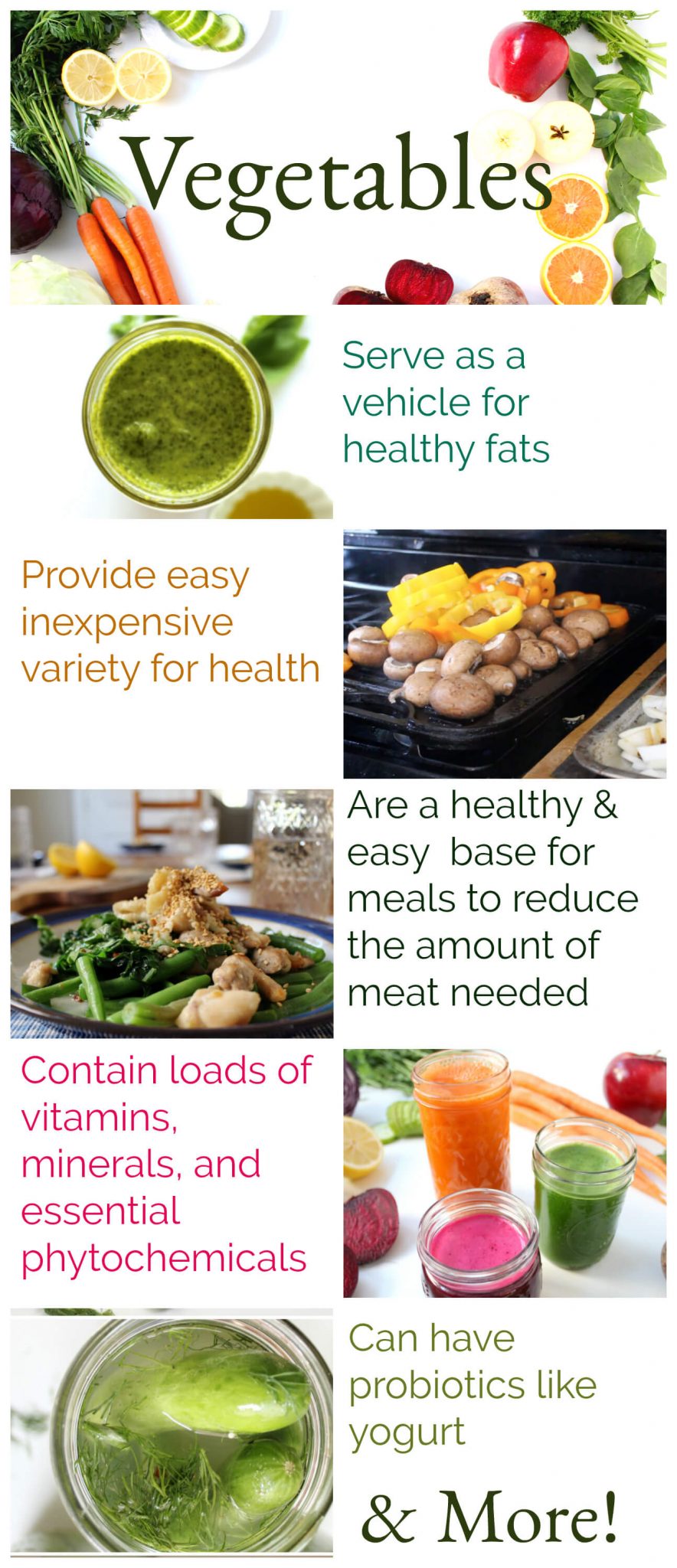
Sources:
https://www.ncbi.nlm.nih.gov/pmc/articles/PMC3419346/
https://www.ncbi.nlm.nih.gov/pmc/articles/PMC3649719/#__sec9title
https://www.ncbi.nlm.nih.gov/pubmed/8813897
https://www.ncbi.nlm.nih.gov/m/pubmed/10702576/
Learn how to heal leaky gut

60-page ebook of all my best GAPS Diet (Gut and Psychology Syndrome) articles all in one place.

